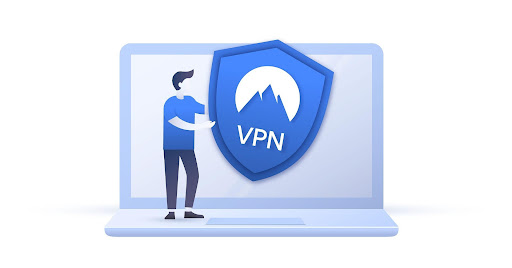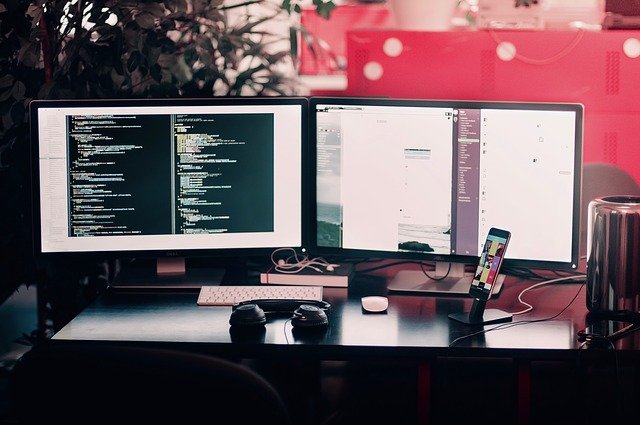The best employee monitoring software recognizes the hardwiring and specific needs of both parties, empowering dynamic growth within a symbiotic work environment. But with so many options out there, how do you choose the one that’s right for you and your staff? Let’s explore what criteria you should consider, from core functionality to refreshed features in new releases. We’ll also highlight a few promising options and what sets them apart from competitors in 2023 and beyond.
What Makes Good Employee Monitoring Software?
At its crux, effective leading employee monitoring software needs to provide robust tracking options without being overly invasive. The key components include:
Activity Monitoring: The ability to follow workflows in real-time, with detailed analytics on usage of web apps, social media, emails, documents, and more. This data helps managers understand productivity hurdles and coaching opportunities.
Screen Recording: Captures on-screen movements, clicks, and navigation trails. With AI assistants, the software can detect potential compliance breaches or harassment incidents.
Keylogging: Logs keystrokes to reveal website visits, searches, messaging content, and document creation. When applied judiciously, it mitigates insider threats.
Geofencing: Confirms attendance by tracking locations and ensuring employees only clock in from approved sites. Reduces timesheet fraud.
Access Management: Prevents unauthorized file transfers and screenshots. Ensures privacy regulations are met while empowering admin oversight when required.
Custom Alerts: Flags triggers like banned website visits or vulgar language. Coupled with smart assistance, it corrects behaviors in real time.
The software should consolidate these components under one platform for seamless implementation. It should also prioritize security, with controls like role-based access and audit trails.
Top Employee Monitoring Software Picks for 2023
With a balanced approach across tracking, analytics, and guidance capabilities, here are three top options to consider source link:
Controlio Monitoring Software
This dynamic solution features AI-enabled technology like sentiment analysis, risk alerts and smart assistance. Real-time nudges help employees self-correct, reducing the need for manager interventions. A private messaging system even lets staff request coaching.
Version 5.0 will add advanced keystroke logging and video recording. It captures richer behavioral data, while a built-in productivity score shows performance against benchmarks.
Veriato Cerebral Insight
Deployed across leading enterprises, Cerebral Insighttouts one-click installation, and intuitive dashboards. The software tracks emails, chats, files, apps, web history, and location data with easy filtering.
The 2023 release will include spotlight alerts on high-risk employees and peer comparison graphs. OCR scanning will also improve keylogging for multi-language keyboard use.
Ekran System Employee Monitoring
This software pioneers trade surveillance technology with customized risk models. It detects fraud, harassment, and other early warning signs based on communications analysis. Ekran also offers advanced endpoint security.
New web categories have recently been added, including gambling, drugs, and violence. This expands detection capabilities for behavioral outliers. Access logs are now encrypted too for added security.
Key Takeaways
When shortlisting employee monitoring systems, ensure there are adequate controls in place to strike an optimal balance between oversight and autonomy. Prioritize solutions with built-in guidance capabilities that empower people rather than punish them.
Ideally, the software should act as an assistant to which managers can delegate tasks. Look for risk alert features powered by AI, with constant UX upgrades that reflect ever-evolving work standards. If inherent tracking feels excessive, choose packages with selectable modules.
At its heart, employee monitoring aims to facilitate conscientious behaviors through gentle digital nudging. While tracking is involved, education and encouragement should be the end goals to build a thriving workplace culture.
Conclusion
Employee monitoring no longer needs to evoke Big Brother anxieties. When executed conscientiously, it can steer teams toward greater alignment and success. The key is choosing flexible software that gives managers transparent insight to provide better support. Prioritize systems with smart built-in guidance to correct behaviors in real time. This minimizes the need for disciplinary action. Look for risk alert capabilities that detect problems early too.
With tools that balance productivity tracking and ethical oversight, employers can facilitate growth for both individuals and the organization. The future of monitoring lies in its ability to unite, not divide, workplace priorities.







